
This Is All You Need to Know about Golden Thread of Information
Ever since the ill-fated Grenfell tragedy which shook London in 2017, The UK government and the...
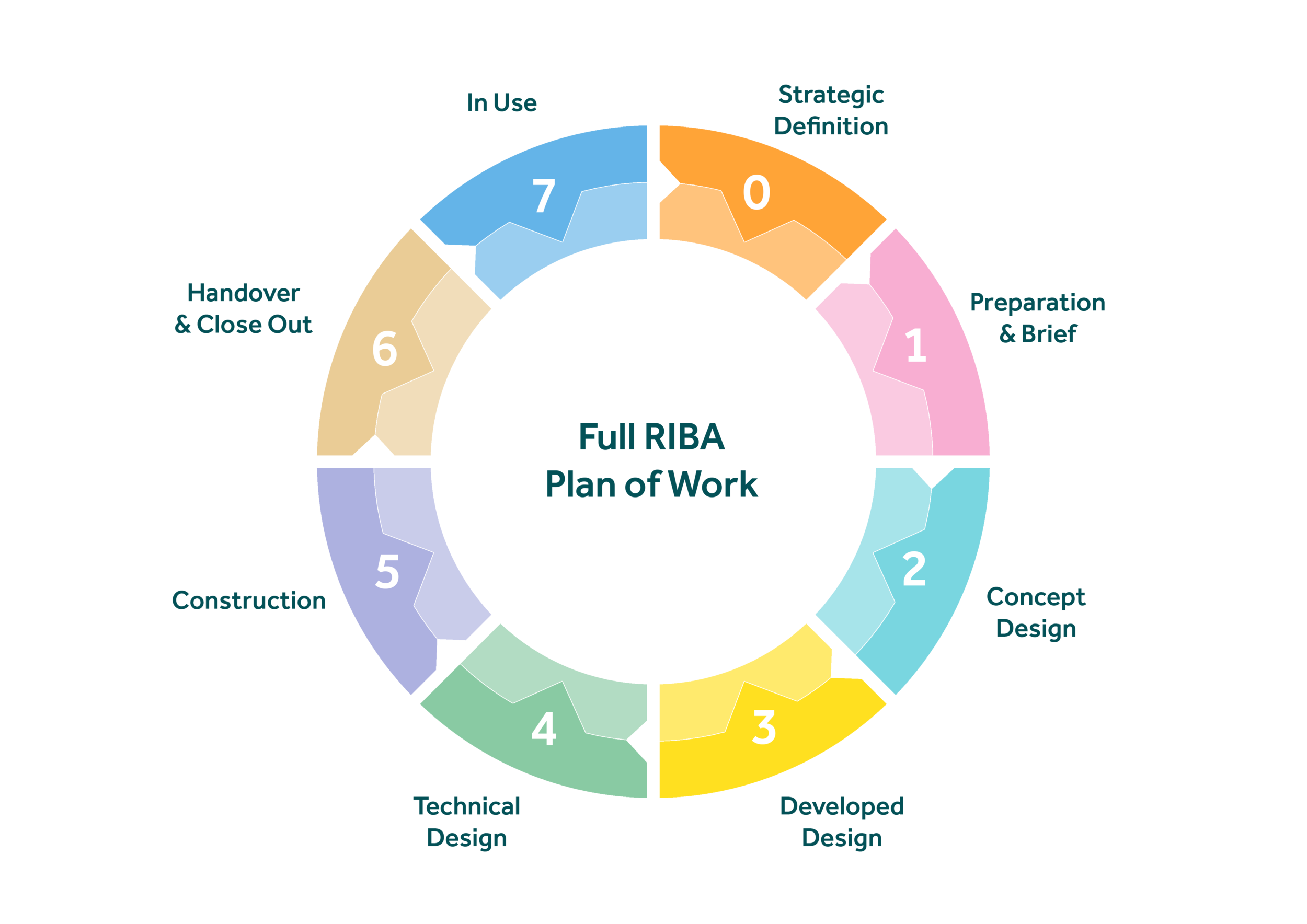
Let one of our representatives take you around the system.
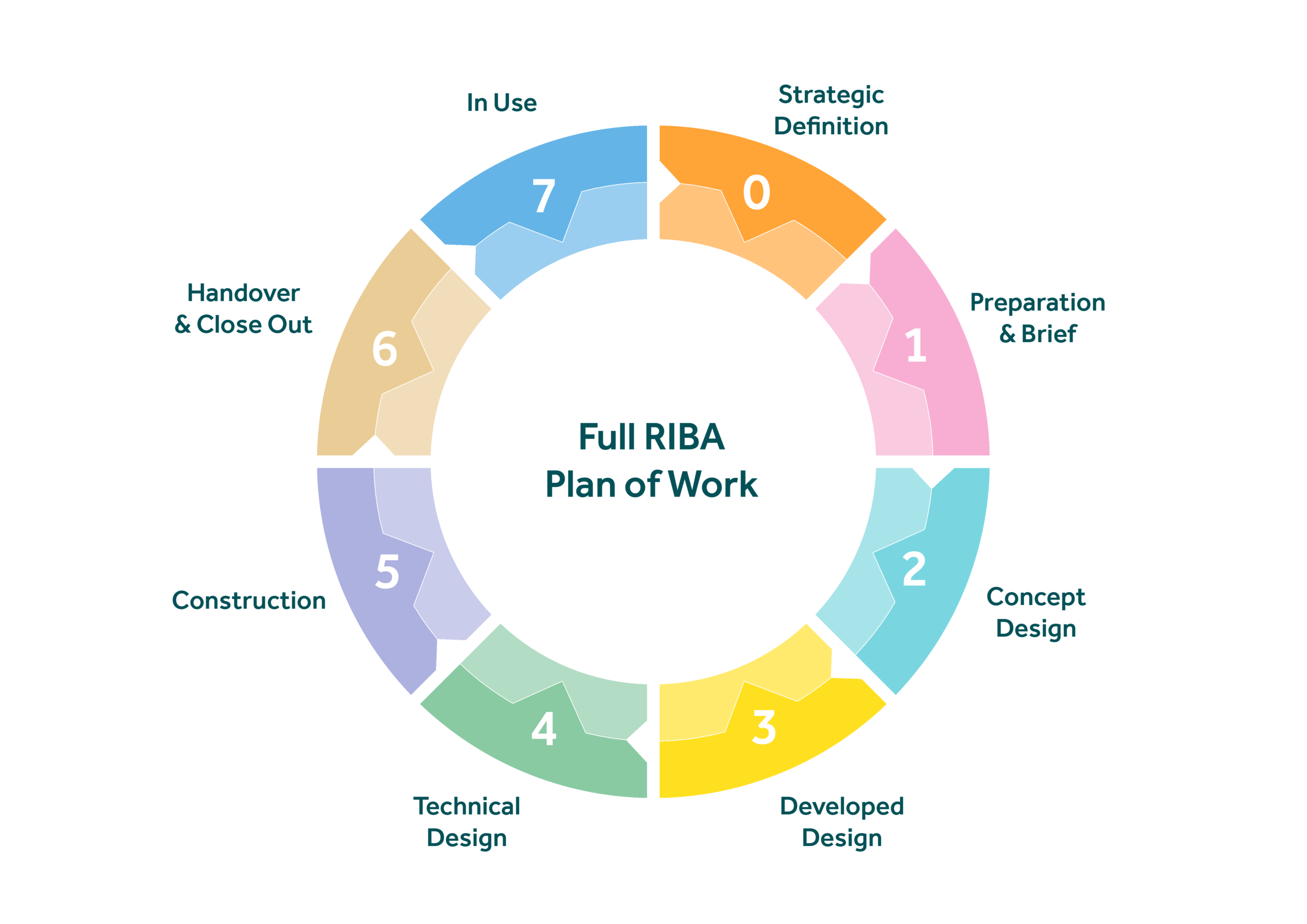 Initiated in 1963, The RIBA Plan of Work is a framework that can be used by architects to work on their respective projects. In essence, the RIBA Plan of Work contains a knowledge base, scope of work and information exchange that occurs throughout the lifecycle of any construction project.
Initiated in 1963, The RIBA Plan of Work is a framework that can be used by architects to work on their respective projects. In essence, the RIBA Plan of Work contains a knowledge base, scope of work and information exchange that occurs throughout the lifecycle of any construction project.
In the year 2020, a handbook most commonly known as the ‘Firestopping of Service Penetrations’ was introduced as a collaborative effort of five of the largest non-profit organisations working in the sphere of fire prevention sector.
The key objective behind this collaborative approach was to create a space where the fire safety of an establishment would be considered in the early planning stages of construction and not as an afterthought. The ideal situation in this matter would be when architects, consultants, interior designers, contractors, installers, site managers, and clients amongst a plethora of others actively seek to include both active and passive fire safety mechanisms from the very start of the design phase when starting any construction work.
Association for Specialist Fire Protection (ASFP), Building Engineering Services Association (BESA), Building Services Research and Information Association (BSRIA), Finishes and Interiors Sector (FIS) and the Gypsum Products Development Association (GPDA) collaborated on creating the ‘Firestopping of Service Penetrations’ guide (GPDA).
This guide's very essence is to help install service penetrations properly in buildings, preventing the spread of a fire caused by improperly placed or badly installed service penetrations. These guidelines are not unknown to the construction industry but are sparingly involved in the initial stages of any project, which often leads to setbacks in the long run.
Therefore, to secure buildings against fire-related incidents, the guide draws attention towards a seven-stage framework which is a conclusive model for the design and construction phase of any building which was defined by the Royal Institute of British Architects (RIBA Plan of Work).
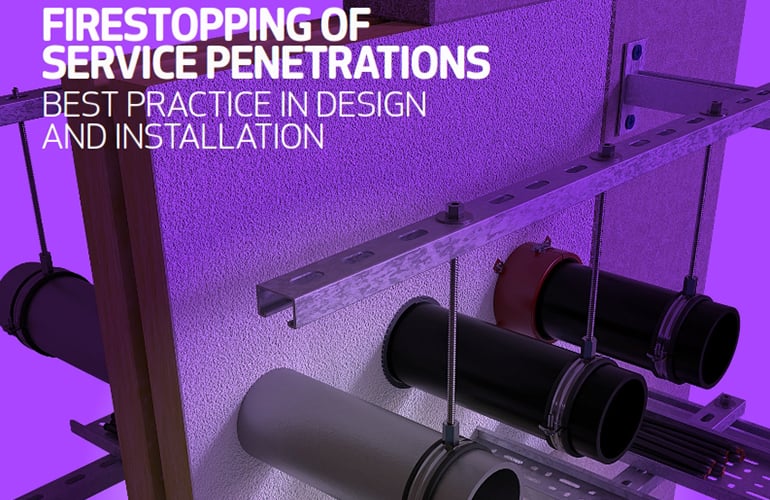
Since this guidebook gets constant updates as the legislation changes, it is wise to always refer back to ASPF’s guidebook to ensure that the information is up-to-date.
As per the ‘Firestopping of Service Penetrations,’ there are 9 ground rules that set out the entire process that should ideally be followed:
Golden Rule 1: The engagement between specialist installers and fire-stopping manufacturers must take place within the early stages of any construction-related activity.
Golden Rule 2: All documents and plans with respect to fire strategy must be reviewed in concurrence with the M&E specifications.
Golden Rule 3: Map out the space necessary to correctly install any equipment related to fire stopping whilst also identifying all service types transmitting through the compartment wall/floor, including any type of insulation products.
Golden Rule 4: Act in accordance with the ‘Design process for penetration seals’
Golden Rule 5: UKAS accreditation as a third-party certification is a must when considering any fire-stopping product whilst also ensuring that they have been tested against the relevant inspection standards or are at least CE marked.
Golden Rule 6: As a best-case scenario try to choose a single manufacturer to supply everything through the entire course of the project. And, if at all different manufacturers are to be considered then comprehensible evidence must exist to affirm their usage.
Golden Rule 7: Proof of third-party certifications must be obtained and then authenticated by notably qualified personnel to establish the relevance of the certificate in specific situations.
Golden Rule 8: Third-party certifications provided by either FIRAS, LPCB, IFC, BM TRADA etc must exist for all the installers when considering service penetration seals.
Golden Rule 9: A well-structured inspection plan must include photographic evidence as proof of successful work.
Compliance and legislation are at the heart of the RIBA Plan of Work and Onetrace’s interface was carefully mapped out to ensure that contractors and fire protection operatives can reap the maximum benefit when it comes to staying in line with the legislation.
Our platform is more than just a system that enables you to manage your workforce and daily tasks. When used optimally, Onetrace will assist you in ensuring that your operatives are working as per your specifications and in line with accreditations set out by BMTRADA and FIRAS.
Interested to know how Onetrace can be used to optimise the way you conduct your daily business? All you need to do is book a demo to find out how.
Disclaimer: The material and information contained on this website is for general purposes only. You should not rely upon the material or information on the website as a basis for making any business, legal or any other decisions. Whilst we endeavour to keep the information up to date and correct, Onetrace Ltd makes no representations or warranties of any kind, express or implied about the completeness, accuracy, reliability, suitability or availability with respect to the website or the information, products, services or related graphics contained on the website for any purpose. Any reliance you place on such material is therefore strictly at your own risk. Onetrace Ltd will not be liable for any false, inaccurate, inappropriate or incomplete information presented on the website. Although every effort is made to keep the website up and running smoothly, due to the nature of the internet and the technology involved, Onetrace Ltd takes no responsibility for and will not be liable for the website being temporarily unavailable due to technical issues (or otherwise) beyond its control or for any loss or damage suffered as a result of the use of or access to, or inability to use or access this website whatsoever.

This Is All You Need to Know about Golden Thread of Information
Ever since the ill-fated Grenfell tragedy which shook London in 2017, The UK government and the...
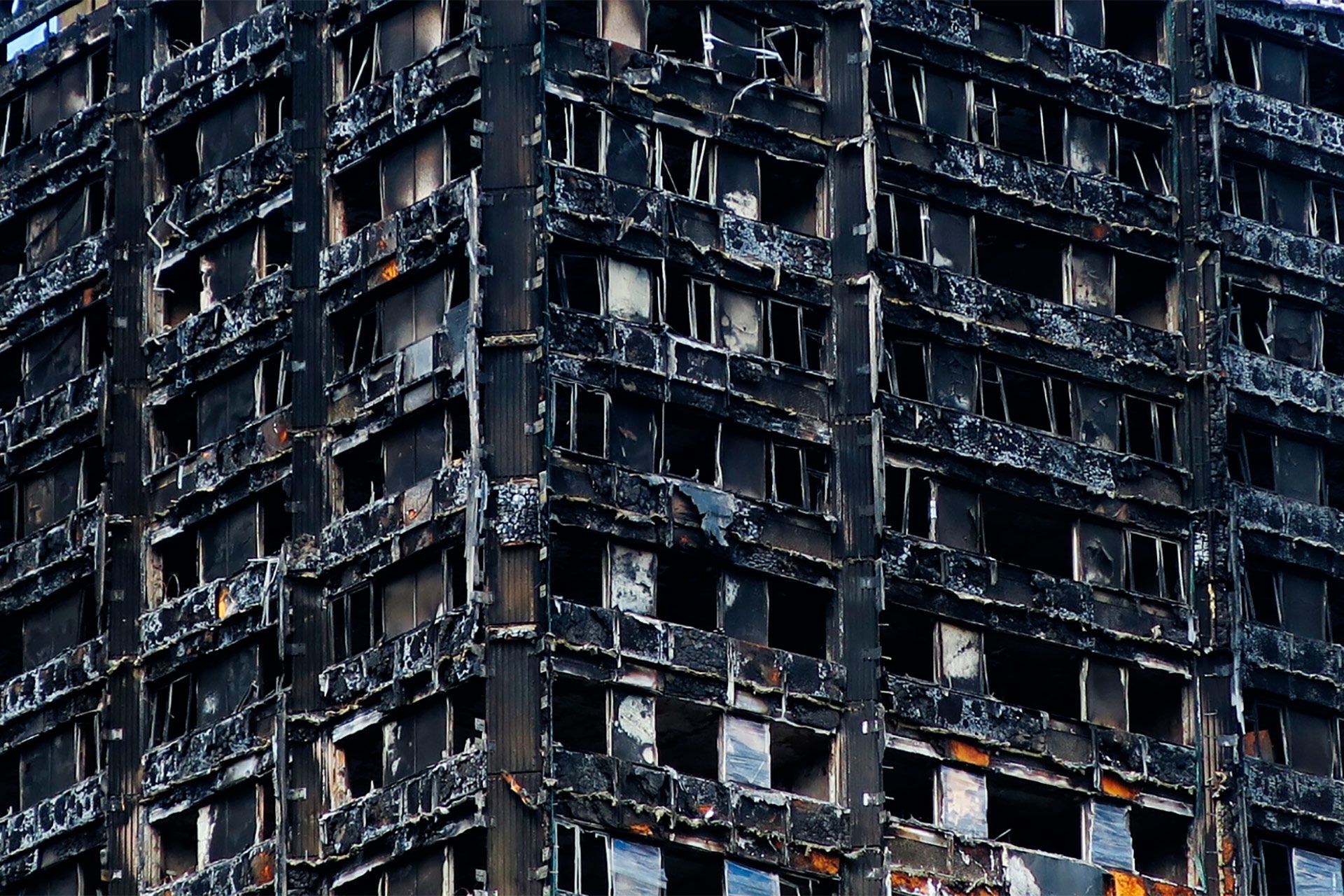
The Building Safety Bill, and What it Means for Fire Protection
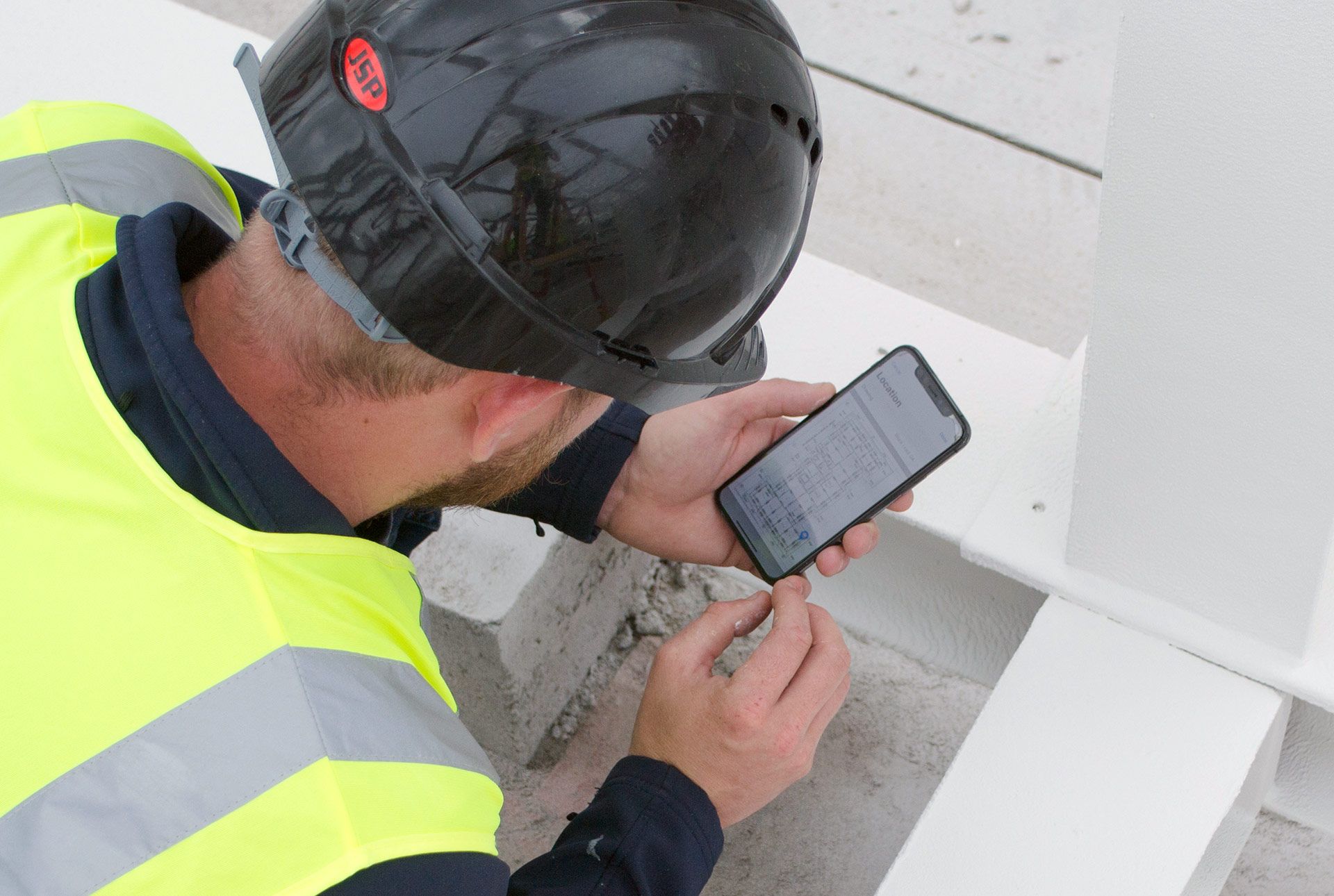
Why Work With a Company That Uses Onetrace for Passive Fire Protection?
Onetrace is the new kid on the passive fire protection app block (Wow, that’s a mouthful!), but we...